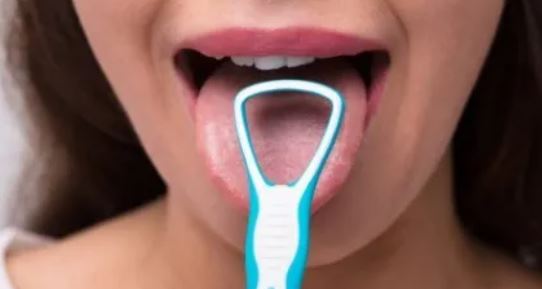Lifestyle
4 signs of yeast infection in the mouth

Yeast infections in the mouth, known medically as oral candidiasis or thrush, can be more than just uncomfortable — they can interfere with your daily life, affecting how you eat, drink, and even socialize.
1. White patches
One of the hallmark symptoms of a yeast infection in the mouth is the appearance of white, creamy patches on the tongue, inner cheeks, gums, tonsils, or the roof of your mouth.
These aren’t your typical morning breath remnants; they’re more persistent and can bleed if you try to scrape them off — not recommended, by the way.
2. Redness and soreness
Alongside those pesky patches, you might notice an uncomfortable redness and soreness in your mouth.
This can make everyday activities like eating, drinking, and brushing your teeth a bit of a pain — literally.
If your morning coffee or tea starts feeling like a chore because of discomfort, it’s a sign something’s up.
3. Cracking at corners
Ever experienced those annoying cracks at the corners of your mouth? They’re not just a result of dry weather or licking your lips too much.
In the context of oral candidiasis, these cracks, known medically as angular cheilitis, can be a red flag. They’re often sore or itchy, making you feel self-conscious about your smile.
4. Difficulty swallowing
If it feels like each bite of food is a mission to get down, you might be dealing with more than just a sore throat. Yeast infections can make the throat feel sore and cause a sensation of tightness, making swallowing a challenge.
This symptom can affect your appetite and even lead to dehydration if you’re avoiding liquids because of the discomfort.
Recognizing these signs early on is key to getting ahead of a yeast infection in the mouth. If you’re nodding along to these symptoms, it’s time to reach out to a healthcare professional.
Treatment is usually straightforward, involving antifungal medication, and you’ll be back to enjoying your favorite meals and drinks in no time.
When it comes to health, being informed is your best defense. So, keep these signs in mind and take action when needed to keep your smile bright and your mouth healthy.










